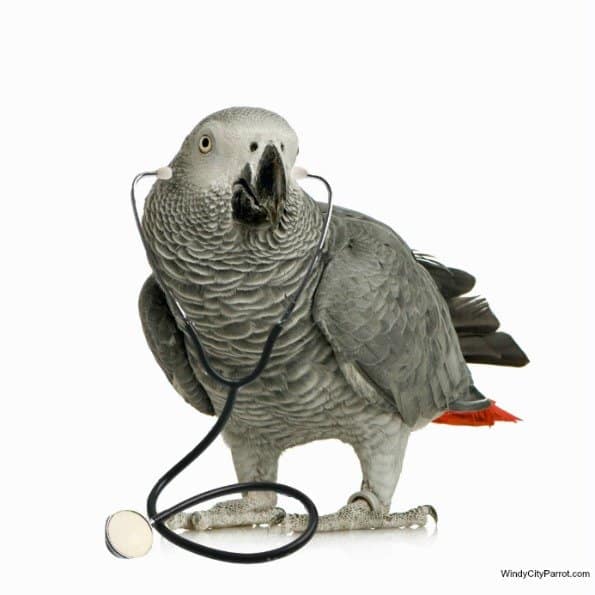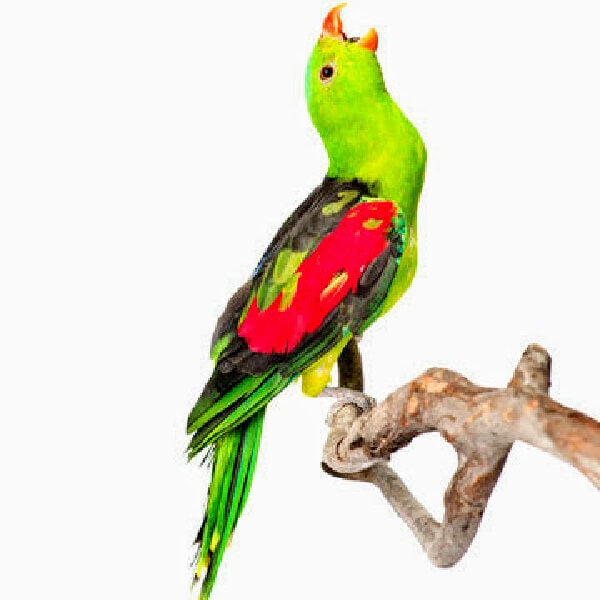Last Updated on by Mitch Rezman
What’s he talking about now Martha?
So my sister the psychotherapist sent me an article from NPR entitled Struck By A Macaw? Now there’s a medical diagnosis code for that found here.
Our federal government is mandating that On Thursday, doctors, hospitals, and health insurers must start using the ICD-10, a vast new set of alphanumeric codes for describing diseases and injuries in unprecedented detail apparently including injuries caused by macaw parrots.
My terse response was that clearly, this is going to cost us a lot of money in terms of healthcare premiums. She blindsided me by saying all she was just trying to share a simple laugh and I was getting hostile.
To keep the hostilities to a minimum over kugel at our upcoming first Wednesday of the month dinner at mom’s now living in Chicago – please allow me to clarify – Melinda.
Some of you reading this may follow my bird blogging activities but for those of you who don’t, let me elaborate on some of the reasons I found this article to be exceptionally antagonizing. The first read-through and my response to my sister was very quick but once I read the article again it was all I could to keep my head from exploding.
To my sister, I would start by using an analogy from Mark Twain. As a young boy he grew up in the Mississippi River and we know from his writings, the Mississippi was a wonderful adventure. Mr. Twain noted that as a youngster, objects in the river like logs became fanciful creatures perhaps crocodiles or snakes adding to the adventure in his mind.
Later in life as a riverboat captain, those whimsical logs were objects he would watch for because they could rip a hole in the hull of his ship they were no longer whimsical nor attractive.
As a blogger of exotic bird species like macaws, I look at this and ask “What are they thinking and what is the message?
A response in her (my sister’s) thread was “This is the ICD -International Code of Disease that is used everywhere else in the world. The U.S. has decided to adapt it to be on par with the rest of the world.” Which just leaves me dumbfounded.
Why, you ask? because the first thing I want to know is what kind of macaw? A blue and gold macaw pictured in the NPR article? Let’s face it the injury you sustain from a 2200 g (4.9 lb) 44-inch (1.1 m) long Hyacinth macaw may be quite different than the injury you sustain from a noble macaw 30–35 cm (12–14 in) in length 165 gm (5.8 oz) weight.
What’s the code for when a budgie flies beak first into your eye? How about when you finally get that Harris Hawk you’ve always coveted but you forgot your falconry glove at home and the bird lands on your arm puncturing your forearm using its steel-like tendons in its legs to close its razor-sharp talons puncturing your skin muscles and bones?
I mean you never know, you could be at the zoo and a cassowary escapes its habitat while eyeing your two-dollar cotton candy and decides to puncture your spleen with that bayonet of a toe they have.
When you begin to catalog the number of insects, reptiles, and mammals you end up with tens of thousands of species. If we assign initial encounters and some subsequent encounters for every species on the planet your ICD-10 medical code count would have to be in the gazillions.
So no Melinda I don’t mean to be hostile but I remember watching the hearings over that BP oil leak in the Gulf of Mexico 5 years ago that went on for months. During the Congressional hearings, the CEOs of the major oil companies were taken to task for writing agreements “protecting walruses in the Gulf of Mexico”. (Clearly, someone from the US Department of natural resources who had overseen the Alaskan (where walruses live) Valdez oil spill disaster was able to cut through oodles of red tape with a copy machine)
What I never understood was why nobody bothered to ask why the federal government who was the other signatory to these agreements that protected all the walruses in the Gulf of Mexico, why Uncle Sam agreed to protect all the walruses in the Gulf of Mexico.
For those unfamiliar with the typical habitat of walruses I quote from Wikipedia “The walrus is a large flippered marine mammal with a discontinuous distribution about the North Pole in the Arctic Ocean and subarctic seas of the Northern Hemisphere” but here we are providing federal protection for walruses and probably sunscreen.
So the need for an ICD-10 code that lists a hummingbird pooped in my eye while I was bird watching and my eye is now infected is a bit opaque to me and is probably missing from this state-of-the-art list that’s about to be dumped on an already inefficient healthcare system.
In the NPR article, I noticed a code for getting sucked into a jet engine. I wondered if it actually happen to anyone. I wonder how many times THAT code has been used?
Now you know.
I was hiking when I heard a deer walk out of the woods and say to herself “I’ll never do that for two bucks again”, Now that there is a funny animal story.
Fun factoid: One of the earliest references to the use of “buck” was in 1748, about 44 years before the first U.S. dollar was minted, where there is a reference to the exchange rate for a cask of whiskey traded to Native Americans being “5 bucks,” referring to deerskins.
Once the U.S. dollar was officially introduced after the passing of the Coinage Act of 1792, it quickly became the leading item used as a medium of exchange, but the term “buck” stuck around. By the mid-nineteenth century was being used as a popular slang term for the dollar.
Written by Mitch Rezman
Approved by Catherine Tobsing
see you wed night at mom’s, min
your zygodactyle foot note
does uncle sam even know what a Macaw is?
Here’s some bird related idc-codes Contact with birds (domestic) (wild) W61- >
Includes ![]()
- contact with excreta of birds
Author Profile
Latest entries
 The Traveling BirdJune 26, 2025Can You Name 5 Parrot Species That Are Living Wild in the USA?
The Traveling BirdJune 26, 2025Can You Name 5 Parrot Species That Are Living Wild in the USA? Bird BehaviorJune 26, 2025How is it Parrots Are Problem Solvers Social Animals and Even Use Tools?
Bird BehaviorJune 26, 2025How is it Parrots Are Problem Solvers Social Animals and Even Use Tools? Bird & Parrot AnatomyJune 25, 2025How a Tiny Chemical Modification Makes Parrots Nature’s Living Paintings
Bird & Parrot AnatomyJune 25, 2025How a Tiny Chemical Modification Makes Parrots Nature’s Living Paintings PigeonsJune 20, 2025How Do Parrots Thrive in Cities Outside Their Native Habitats?
PigeonsJune 20, 2025How Do Parrots Thrive in Cities Outside Their Native Habitats?




